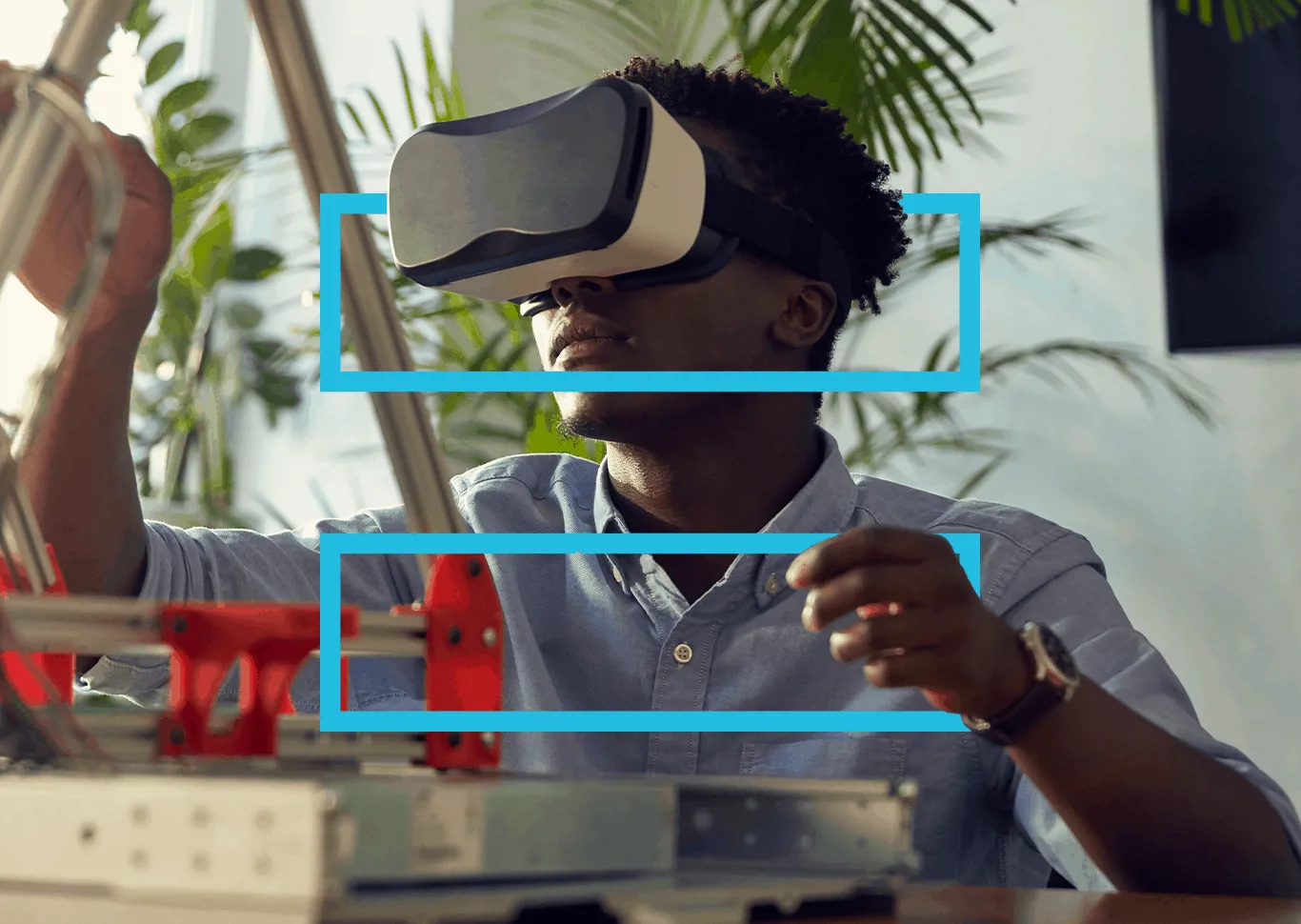Graeme Aymer works as lead UX Architect at the IET, a role which sits within the organisation’s Digital Services department.
His job is to make sure that the digital services that the IET provides; whether that’s a website, app or bespoke platform, are “useful, useable and pleasurable to the people who use them”.
“I’m part of the IT crowd, although I avoid all kinds of code. My role as a UX architect is to try to understand what makes a website useful and useable and then institute those kinds of practices. We test platforms with users to get a real insight into what their needs and problems are, what they like and dislike,” he explains.
“Sometimes technology is presented in a way that makes it hard for people to figure out how to use it, but it really shouldn’t be that that way”
“Sometimes technology is presented in a way that makes it hard for people to figure out how to use an app or website, but it really shouldn’t be that way. I think it should be intuitive like when you get a new car. You know you have a key, put it in the ignition and drive off.
“Therefore, I work on the content and design of a site or app to ensure people can understand what they’re looking at, and what they’re supposed to do. There’s a sweet spot I’m trying to find to steer users in the right direction. It’s a cool challenge, and totally my thing.”
Undertaking varied and one of a kind projects
As a UX architect Graeme gets to work on a variety of projects, all unique in their challenges and goals. His first project was to help develop a simple, single sign-on for the IET website, and now he’s focusing on the user experience for the IET’s redesigned professional development tool; Career Manager.
“There’s a lot of variety. Sometimes I’m writing copy or picking colour schemes and fonts. Other times I’ll be creating wireframes or figuring out where a particular button should go. I might be talking with the product owner about what they’re looking to achieve, discussing the requirements of a page design with the developers or undertaking user testing. Every project is unique.”
Meeting accessibility standards
Across all the projects Graeme works on there is one common thread throughout. This is accessibility.
“Many people tend to see accessibility as making sure that blind people can use your website for example, but it’s so much more than that,” Graeme explains. “It’s about making a site user friendly to someone with dyslexia or autism, including video for users that might be deaf. Overall though, it’s about making sure everyone can get the best out of your website.”
The IET is working hard to make its digital tools as accessible as possible for everyone. Therefore Graeme and the wider digital services team are currently looking at accessibility standards compliance – in particular meeting the World Wide Web Consortium’s (W3C) Web Content Accessibility Guidelines (WCAG) standard.
“We’ve got a way to go, but it’s something we’re working hard on,” he says. “We’ve done an audit and made recommendations to our developer of changes that can be made. It’s very much an ongoing project, however, but one I enjoy greatly. Simply put, I really enjoy enabling people to make the most of technology,” he concludes.


